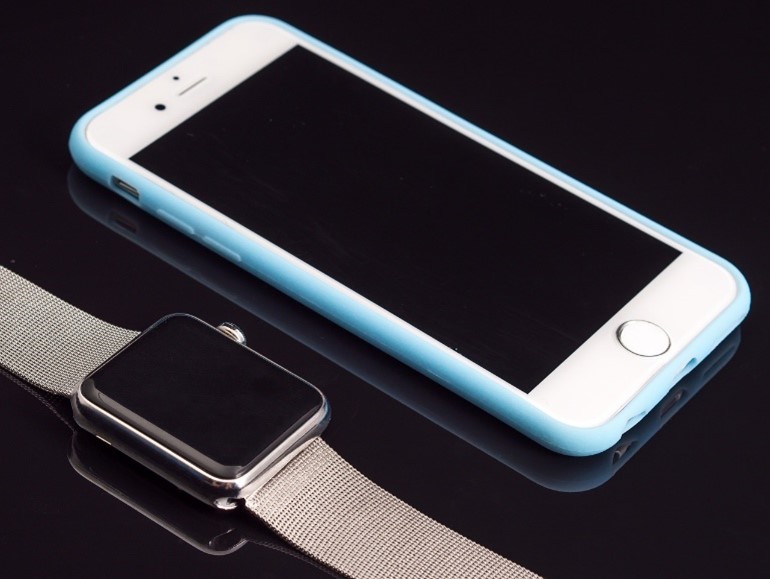
How to Achieve a Healthy Screen-life Balance
In the rapidly evolving world of health care, where digital platforms have become central to patient management, diagnostics, and communication, physicians face a new challenge: achieving a screen-life balance. The integration of digital technology has undeniably enhanced medical efficiency and patient care. However, it has also introduced the risk of burnout due to an imbalance between screen time and personal well-being. Extended screen time not only poses physical health risks, such as digital eye strain and musculoskeletal issues, but also takes a significant mental toll, leading to burnout, anxiety, and even depression among healthcare professionals.
The constant demand to stay updated and the high stakes of medical decision-making only amplify the stress levels, potentially increasing the risk of medical errors. To address these issues, a multifaceted approach is necessary. This includes creating ergonomic workspaces, scheduling regular breaks, promoting mindfulness and physical activity, and providing training on healthy technology use. Implementing such strategies is vital for maintaining the health and effectiveness of physicians in the digital age. As the healthcare industry leans further into digital innovation, prioritizing the well-being of its frontline workers through a balanced screen life is essential for the future.
How to Achieve a Healthy Screen-life Balance (Baum, MD, Medical Economics, 3/29).
Share
FTC Passes Rule to Prohibit Most Non-Compete Agreement – Questions Remain about Implementation This week, the Federal Trade Commission (FTC) voted 3-2 to issue a far-reaching final rule that would prohibit “non-compete” provisions in employment contracts. The final FTC rule exempted from these protections executives earning more than $151,164 annually who are in “policymaking” positions. The FTC has estimated that […]
State Budget Takes Steps to Protect Patient Access to Community-Based Physician Care Colleagues: “We must, indeed, all hang together, or most assuredly we shall all hang separately.” —- Benjamin Franklin, 1776 This past week, we saw the wisdom of Ben Franklin’s message. MSSNY, working together with numerous allies, has accomplished a plethora of important […]
Why Join MSSNY? Dr Patel Shares His Journey with Organized Medicine Dr. Patel shares his enriching experiences with MSSNY’s mentors and networking events that have significantly advanced his medical career.





